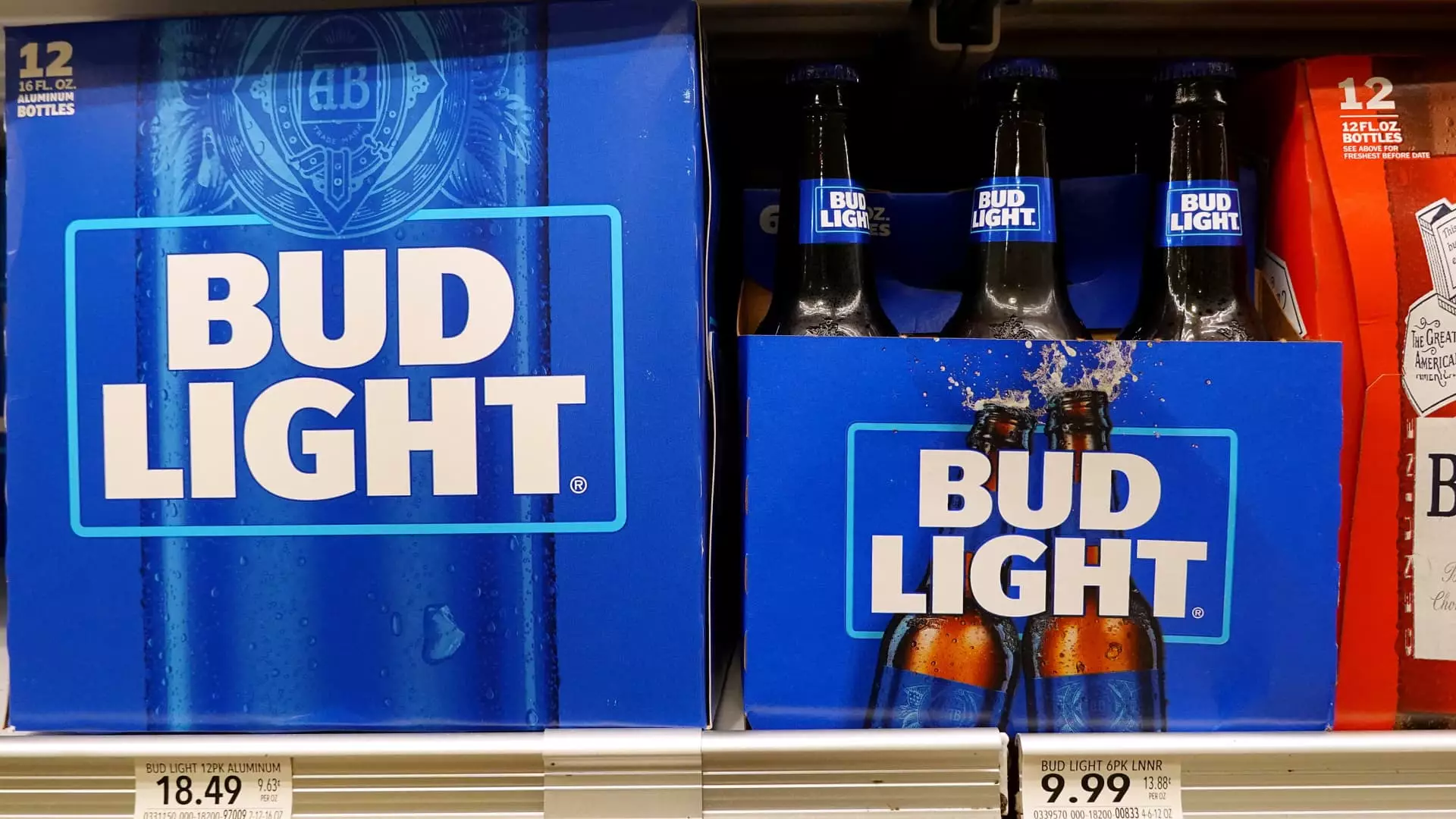The beer industry in the United States has experienced a significant decline in consumption, reaching the lowest level in a generation. According to Beer Marketer’s Insights, consumers have shifted away from traditional beer favorites in favor of other forms of alcohol or, in some cases, have chosen to avoid alcoholic beverages altogether. David Steinman, vice president and executive editor of BMI, acknowledges that it has been a tough year for beer. For the first time since 1999, beer shipments are on track to fall below 200 million barrels. Interestingly, Anheuser Busch, known for its flagship brand Bud Light, has been at the forefront of this decline, particularly in the domestic-premium brand category, including their main rivals – Miller Light and Coors Light. However, the decline in consumption cannot be solely attributed to the recent boycott triggered by Anheuser Busch’s sponsorship agreement with transgender influencer Dylan Mulvaney.
The beer industry faces fierce competition not only from traditional rivals but also from non-traditional producers. Lester Jones, vice president, analytics and chief economist at the National Beer Wholesalers Association, highlights the challenge posed by new alcohol products introduced by soft drink and energy companies. These sugar-forward alcoholic beverages directly compete for consumer attention with malt- and hop-forward products. With an influx of new options in the market, beer finds itself vying for the same consumer occasions as these new offerings.
While beer consumption has declined, the largest beer makers have managed to remain financially resilient. Higher prices have offset the decline in volume consumption, with some brands even surpassing broader inflation. This shift is indicative of beer drinkers gravitating towards more expensive brands, particularly imports such as Modelo Especial, which has become the leading beer in America. Moreover, beer sales in other parts of the world continue to remain strong, suggesting that the challenges faced by the U.S. beer industry may be unique to the domestic market.
The beer industry faces significant headwinds as it navigates through an evolving landscape. The craft-beer boom that characterized the 2010s has begun to slow down, leaving brewers searching for new avenues of growth. Additionally, the market is now saturated with an overwhelming number of alcohol options, potentially causing consumer fatigue and decision paralysis. As Lester Jones notes, the beer industry experienced a wild ride in 2023 against the backdrop of an expanding economy, which created more jobs and wage gains. However, the oversupply of alcohol products has complicated the dynamics of the market.
The beer industry in the United States has witnessed a decline in consumption, reaching its lowest level in a generation. Factors such as the shift towards different forms of alcohol, the decline of domestic-premium brands, and the emergence of new competitors have contributed to this decline. However, despite these challenges, the largest beer makers have managed to maintain their financial viability by increasing prices and capturing the market’s preference for premium imported brands. The industry now faces the task of adapting to a changing consumer landscape, where variety and competition have become the new norm.

Leave a Reply